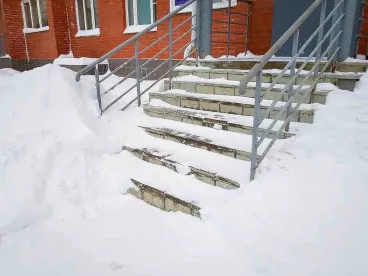The subzero temperatures and winter storms that swept through Texas and surrounding states this past week have left millions without power and/or water, subject to rolling blackouts, fighting frozen and/or bursting pipes, with collapsed roofs, or forced business closures. Once immediate health and safety is secured, individuals and companies alike will need to shift their focus to mitigating losses and repairing property damage. Based on anticipated claims, ranging from individual automobile accident and homeowner’s insurance claims to corporate business interruption and other property damage-related claims, insurance organizations are already projecting claims that could exceed $20 billion, in aggregate. While individuals and companies will be dealing with insurance claims long after the Texas heat has returned, actions taken now can have significant impact on potential insurance recovery later.
Policyholders should collect and review all potentially responsive policies to determine both their rights and obligations under the policies. While specific terms often vary by policy, first and foremost, policyholders need to be sure to comply with any notice requirements. Property policies routinely include short time periods for providing notice and proof of loss forms, including supporting documentation. While insurers will often agree to extend proof of loss deadlines, policyholders need to be sure to comply with their obligations and obtain extensions, if necessary. Policyholders should also document and track their damage and storm-related losses, including any additional expenses incurred to mitigate losses. Keeping clear records in real time helps advance insurance claims quicker, reduces time associated with compiling claim backup data months after such costs or losses were incurred, and reduces the prospect of inadvertently failing to capture the full extent of extra expenses and losses. Policyholders also should determine if any deductible applies to a potential claim, and if so, the size of the deductible to determine if a claim is worth pursuit.
For corporate policyholders, in addition to focusing on coverage for more routine property damage such as collapsed roofs or water-related damage from burst pipes, additional key coverage grants likely include business interruption coverage, contingent/dependent business interruption coverage, and utility service interruption coverage, among others.
Many corporate policyholders are increasingly familiar with business interruption and contingent/dependent business interruption coverage because these coverage grants have also been the focus of COVID-19-related insurance claims. In general, business interruption coverage insures loss of income or profits due to suspended operations as a result of direct physical damage to covered property. Relatedly, contingent/dependent business interruption coverage is intended to cover lost income and reimburse additional expenses associated with interruption to a policyholder’s supply chain or interruption related to an event away from the policyholder’s premises that prevents the policyholder’s operations. While insurers have asserted a lack of direct physical damage to property in an attempt to deny COVID-19 related claims, which policyholders contest and currently is the subject of extensive insurance coverage litigation, given the nature of the damage sustained as a result of this past week’s storms, this potential barrier to coverage should not apply to most business interruption claims associated with this winter storm.
Finally, in general, utility service interruption coverage provides coverage for loss associated with a lack of incoming utility services caused by a covered cause of loss to property away from the policyholder’s premises—in this instance, the utility’s power station. Given the extensive power outages, rolling blackouts, and water restrictions, this coverage grant is likely to be of significant importance to policyholders.
While this is not an all-encompassing list of coverages that may apply to this past week’s historic winter storms or immediate actions to be taken, and the scope of potential coverage will be driven by specific policy language, it is clear that policyholders have substantial insurance assets likely to respond to these claims and help mitigate losses.



 />i
/>i
